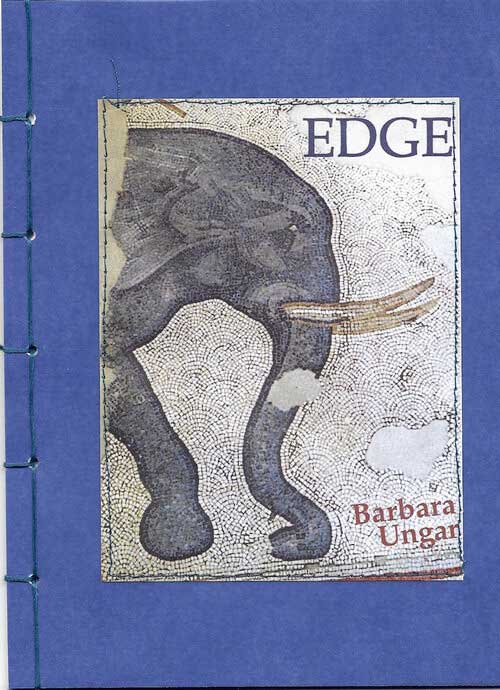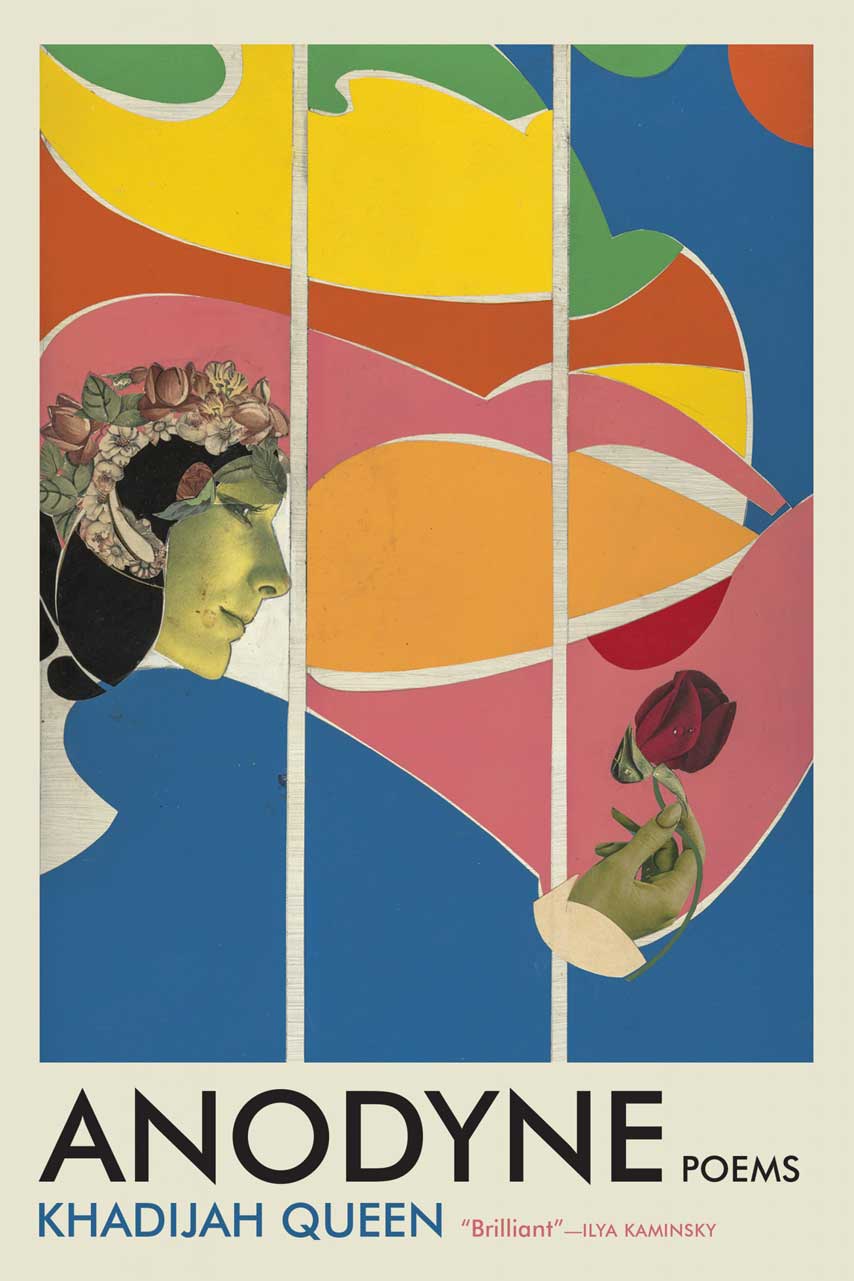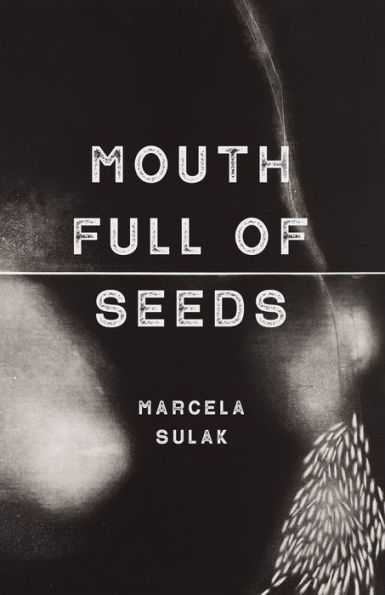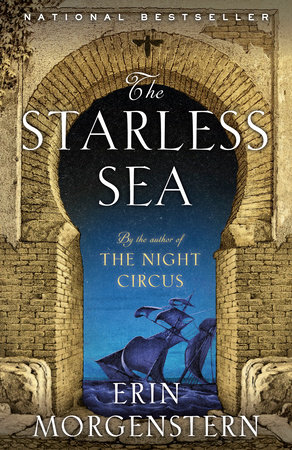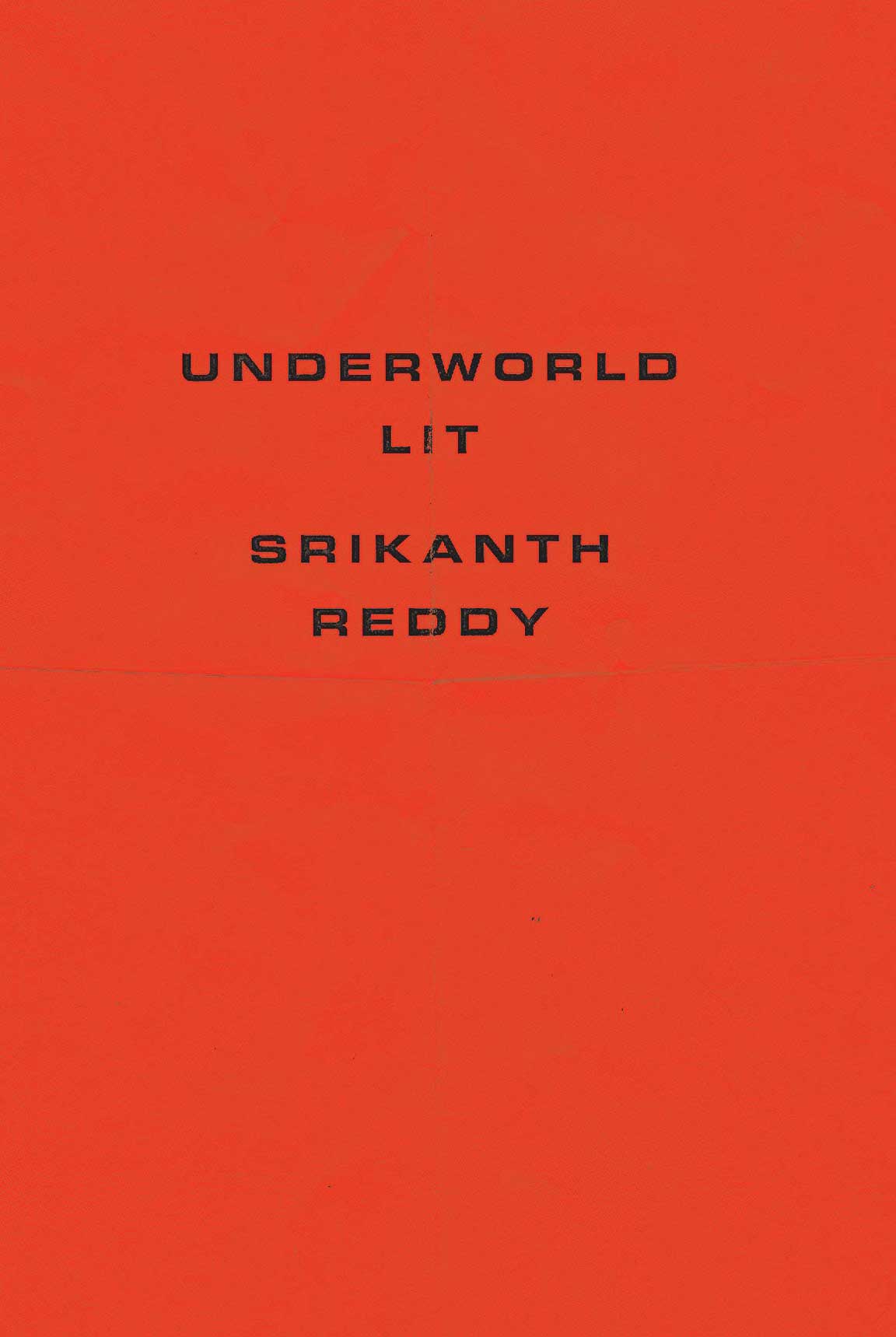EDGE
BY BARBARA UNGAR
I work for an environmental organization and spend my days reading and writing about the calamities that will befall humankind if we don’t change the environmentally destructive trajectory we are on. I also read and write about the actions we can take to save us and wildlife and wild places (there is reason to be hopeful). So I don’t often choose to read books of poems contending with similar subject matter, but this beautiful chapbook documenting species on the edge of extinction is too important to pass up.
Ungar introduces species with high EDGE scores (“the estimate of the expected loss of evolutionary history per unit time”), and while I’m not sure what that means exactly, a rough translation would be that time is running out for these animals. Ungar deftly combines science, story, history, and politics to share the fate of the minute leaf chameleon, the Mary River turtle, the cactus ferruginous pygmy-owl, and other creatures I’ve not heard of and that may not exist when my son is my age. Interspersed among these dire poems are depictions of people working against the clock and glimpses of hope: Though living in the end days / with thirteen kinds of crazy / still the birds return one by one.
I’d be remiss if I didn’t mention the physical and tactile gorgeousness of this chap, published by Ethel Zine, which is producing the most beautiful contemporary handmade and hand-sewn chapbooks today. EDGE is simply lovely to hold.
ANODYNE
BY KHADIJAH QUEEN
The poems in Queen’s latest book are unflinching and intimate. After reading I’m So Fine: A List of Famous Men & What I Had On, a darkly humorous book of feminist social commentary, I was expecting the sharp insight that Queen again brings in Anodyne. What I was not expecting was the raw depiction of suffering, the everydayness of it, its insistence on being an integral part of existence and familial and collective history. The body is often the site of the pain, but also of knowing—a location that refuses to exclude the incongruities of survival. In deft and deliberately fleeting moments, Queen unleashes grief that floors me: “I slept crying every night for a year when I failed at my best thing but / I kept him alive.” And while it may be tempting to linger in the abject, the book is a manifesto of overcoming pain, sometimes by simply enduring it.
Queen’s formal playfulness provides innovative frameworks (sometimes literal frameworks) through which to approach a traditional lyric, and sometimes her pacing is so synaptic I have difficulty keeping up, but the breathlessness is worth it. And like the title of the book, ironically referencing milk toast engagement while simultaneously and unironically referencing the relief of pain, these poems require holding multiple—and often contradictory—concepts at once.
A MOUTH FULL OF SEEDS
BY MARCELA SULAK
There are stories we tell ourselves and stories that are told to us. Often, the stories that are told to us are meant to determine and define us, or at least to fill us with an externally-defined morality code. Religious myths, fairytales, folk songs and folk stories—they become a part of our heritage, our collective knowledge, and identity. They inform the stories we tell ourselves, for good or bad.
Many writers have retold folk and fairytales as a way of reclaiming them, reversing the action, determining and defining the stories (think Angela Carter’s The Bloody Chamber, Anne Sexton’s Transformations, and Emma Donoghue’s Kissing the Witch). Marcela Sulak takes a different tack to reclaim the myths and the tales. She takes apart (and often translates) the narratives to shine a light on the cultural and historical values they espouse, remaking the stories to be about their tellers, their intentions, and the impact they have even centuries later.
These deceptively straightforward prose poems/micro-essays are grounded in an oxymoron: moments that are both quotidian and defining, such as breaking (and reconciling) with family and choosing to marry (or not). The poems take wing when Sulak mirrors the personal narrative with a critical and whip-smart readings of Catholic and Judaic doctrine, European fairytales, and world folksongs, revealing the lens they often ask us to look through. Sulak travels from rural Texas to Tel Aviv, never blinking at the ambivalence of shared story. It is never so simple, as evident in Sulak’s epistolary, “dear yaupon with your poisoned berries aiming your leaves at random stars…”
THE STARLESS SEA
BY ERIN MORGENSTERN
Apologies for the unabashed fangirling, but I am obsessed with the fantastical, enchanting worlds that Morgenstern creates. I stumbled upon The Night Circus a few years ago at my public library (it might have been a staff favorite, which is one of my more successful ways of finding great books I would otherwise not read), and it left me aching for the labyrinth-like circus and its magical attractions. I still think about the Cloud Maze, a diaphanous tower of great height that you climb without fear of falling; those who do (or who choose to jump) land in the bubble-like spheres that surround it. Another favorite is the room of scented jars, where patrons can uncork a jar and breathe in the scent of someone else’s memory.
The Starless Sea is even better. Morgenstern creates another labyrinthine world, but this time it is an underground library where existence and story are intertwined. This is a love letter to books and archives and the written word. Metaphor and reality morph into each other, and the magic is delightful: candies that fill you with stories instead of sweetness, doorways between time, an inn where the sun and the moon surreptitiously meet to discuss the goings on in the world. My favorite is a magical dumbwaiter connected to an invisible kitchen that provides visitors any kind of sustenance at all hours.
There’s also romance, mystery, and the threat of annihilation, but right now, while our own reality is chaos and basic logic is inverted for nefarious ends, the simple joy of escaping to Morgenstern’s glorious, subterranean world is saving me.
UNDERWORLD LIT
BY SRIKANTH REDDY
Speaking of worlds beneath worlds (or worlds within worlds) (or, in other words, worlds outside of space and time), Reddy’s Underworld Lit conflates—in both an absurd and a thoroughly sensible manner—the fear of death with both death itself and the transitory post-mortem/pre-birth limbo. The speaker is a university professor who is confronting his own mortality at the same time he is (kinda) re-translating an early 20th-century French translation of a Chinese story from the mid-18th century (best guess on the era) about a low-level magistrate forced to travel to the underworld to stand trial for misdeeds of his past life.
The professor (whom we are meant to understand is Reddy) is on his own journey, emerging from an underworld of near-death, but his experiences intermingles with Chen’s, who is on a journey in the opposite direction. At the same time, Chen moves back and forth in time/space, becoming an indigenous Chen during the state-sponsored Guatemalan genocide of Maya civilians as well as the traveling companion to a pregnant woman in ancient Egypt during an era when the multitude of gods are being killed off in favor of state-sponsored monolatry. Rorschach and his inkblots also feature throughout the book as a leitmotif.
If this all sounds a bit convoluted, know that Reddy manages and weaves the various threads masterfully. It’s an exciting, captivating read, not words I usually apply to a collection heavily steeped in philology, historical cultural criticism, moral philosophy, and death. But mix in a talking, portable airplane gateway and an underslept toddler who doubles as an infernal judge, and the narrative is balanced between the terrifyingly gravid and the darkly humorous absurd. Though in the end, what makes the book so compelling is Reddy’s insistence on intimacy. And complicity.
